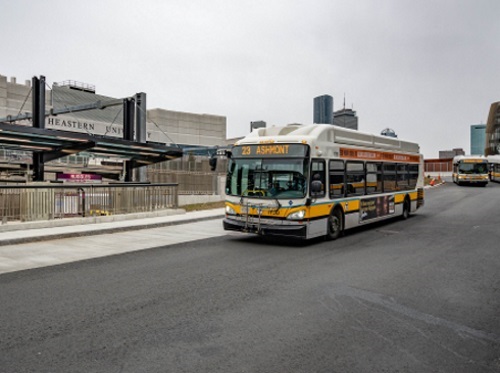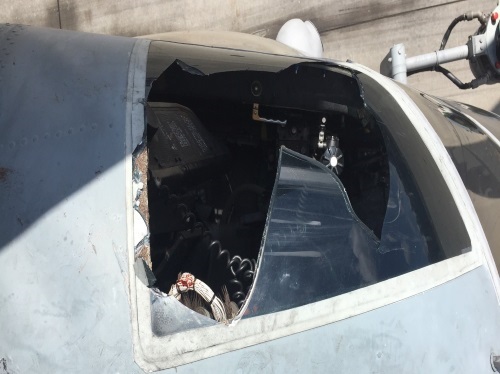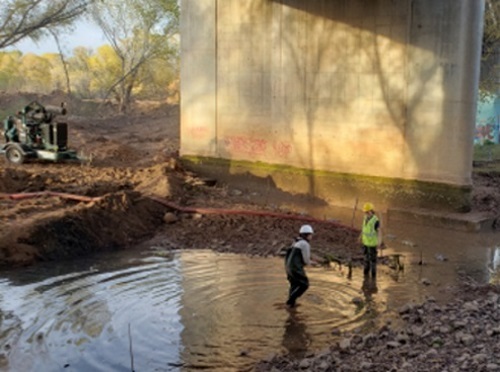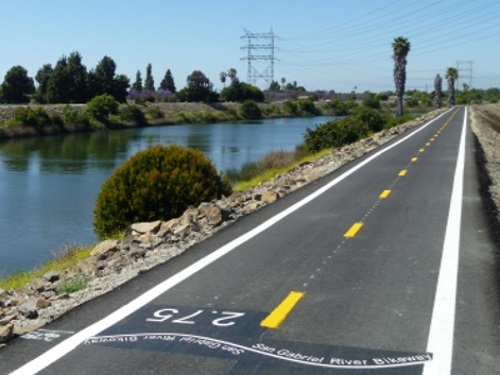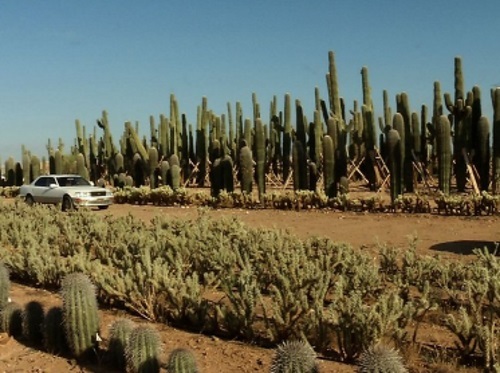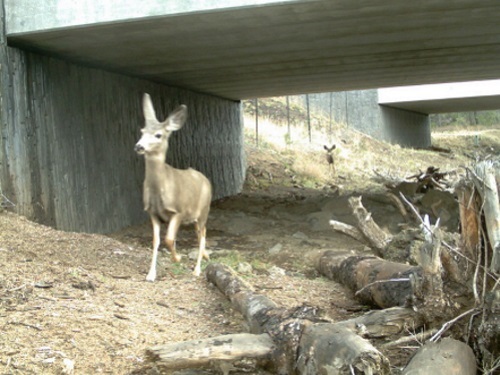The Federal Highway Administration officially unlocked $6.4 billion in formula funding for states and localities over the next five years via the new Carbon Reduction Program or CRP, created by the $1.2 trillion Infrastructure Investment and Jobs Act enacted in November 2021.
[Above photo by the MBTA]
Passage of a fiscal year 2022 omnibus appropriations package in March finally honored full first-year transportation funding levels established by the IIJA and allowed new programs to start, which allowed FHWA to apportion funding for CRP.
The CRP seeks to fund a wide range of projects designed to reduce carbon dioxide emissions from on-road highway sources — from installing infrastructure to support the electrification of freight vehicles or personal cars, to constructing Bus Rapid Transit or BRT corridors, to facilitating micro-mobility and biking.
FHWA emphasized that, under the CRP, states must also develop carbon reduction strategies in consultation with Metropolitan Planning Organizations or MPOs to identify projects and strategies tailored to reduce carbon dioxide emissions in their states – though states and localities may begin using the CRP funds even before such plans are developed and reviewed.
“This new program provides states and local agencies in both urban and rural areas the flexibility and funding needed to reduce emissions and build a more sustainable transportation network that will benefit all travelers,” said Stephanie Pollack, FHWA’s deputy administrator, in a statement. FHWA noted that projects eligible for CRP funds include on- and off-road trail facilities for pedestrians, bicyclists and other non-motorized forms of transportation and projects that support the deployment of alternative fuel vehicles.
Other projects – determined by state and local governments but potentially supported with federal funding – include zero emission vehicles and facilities, projects that support congestion pricing and travel demand strategies, plus truck stop and port electrification systems. Public transportation projects such as the aforementioned BRT corridors, dedicated bus lanes, micro-mobility, and electric bike projects – which encompasses charging infrastructure as well – may also be eligible, FHWA said.

